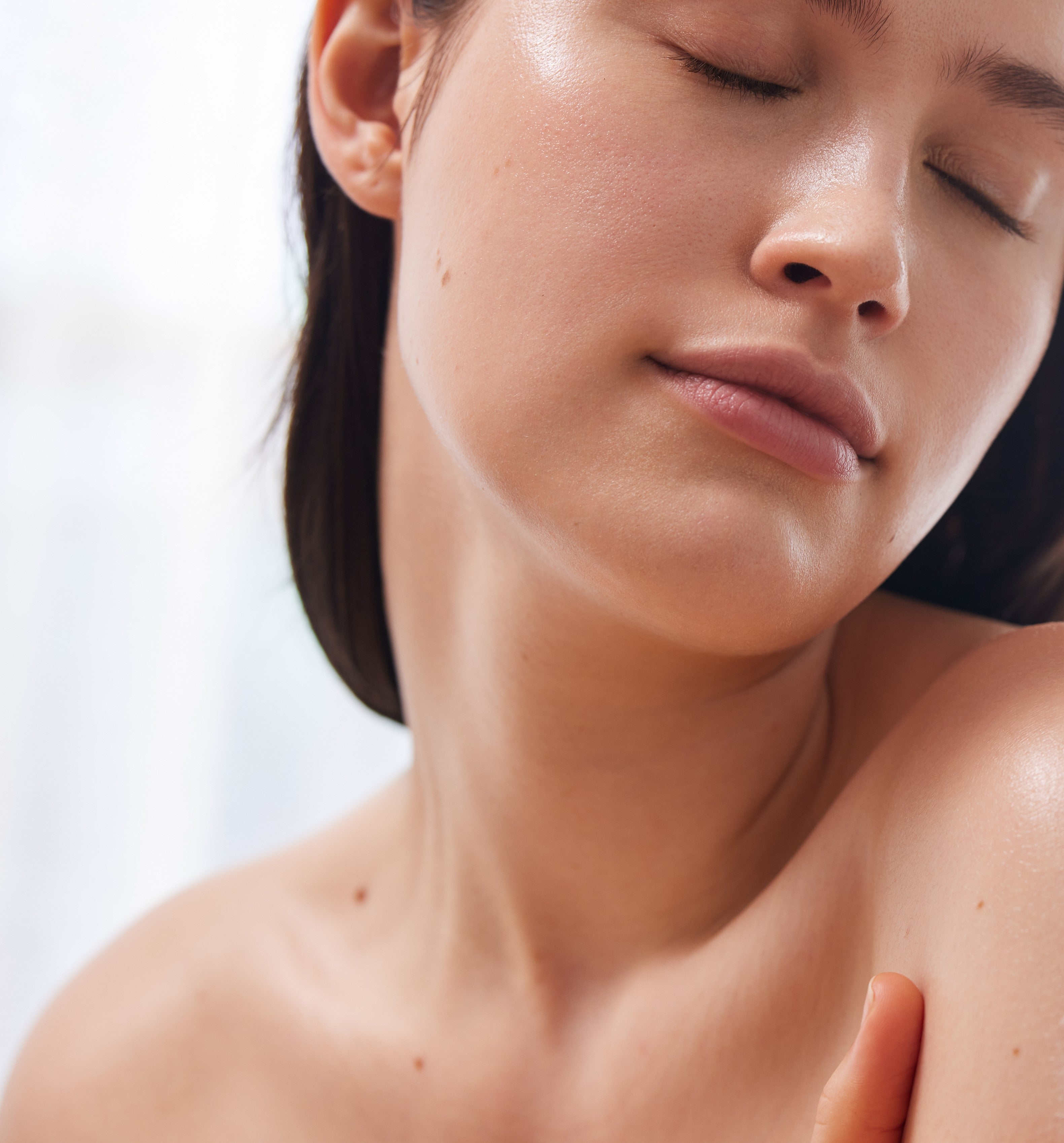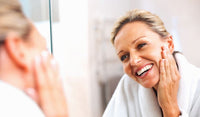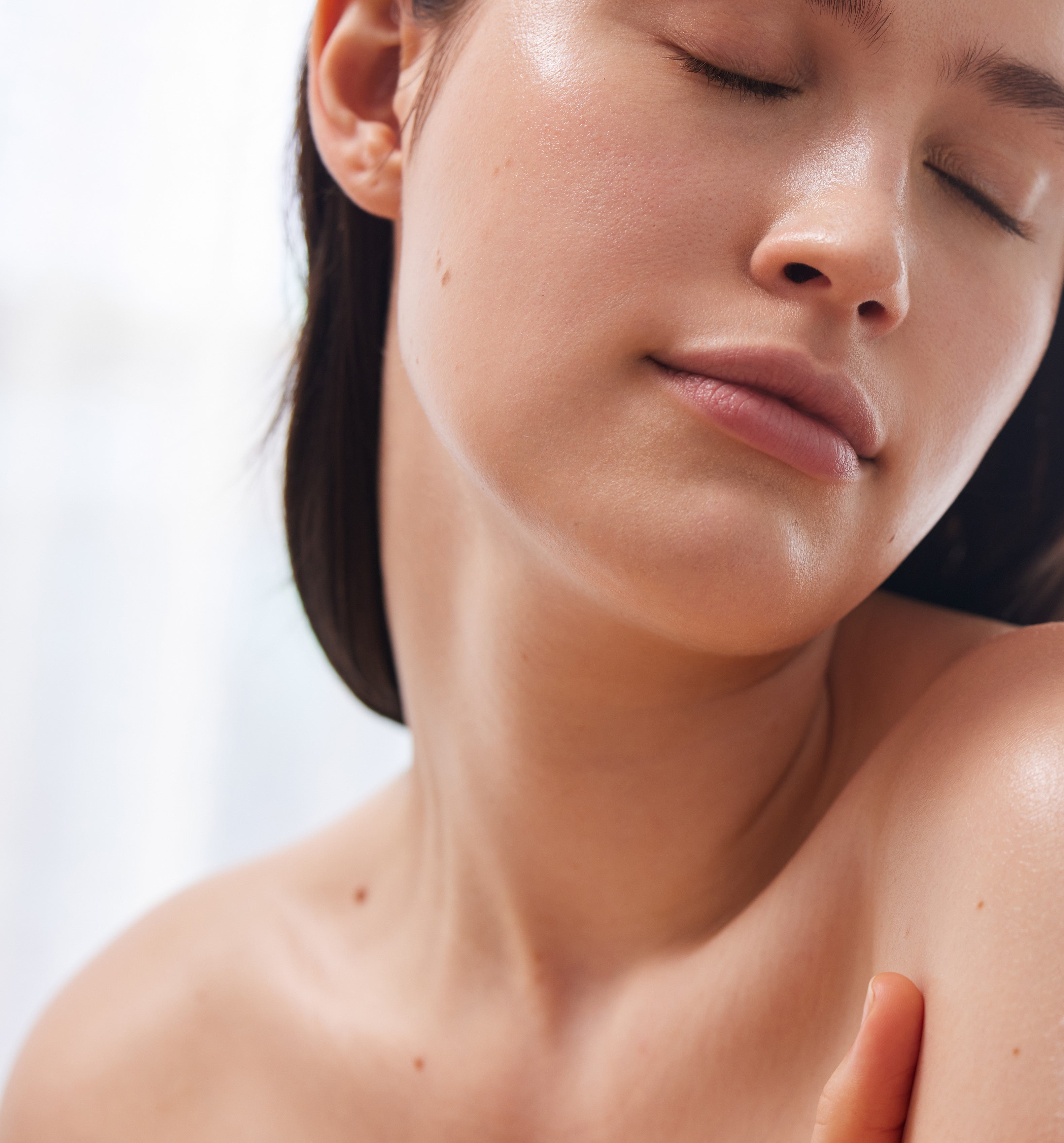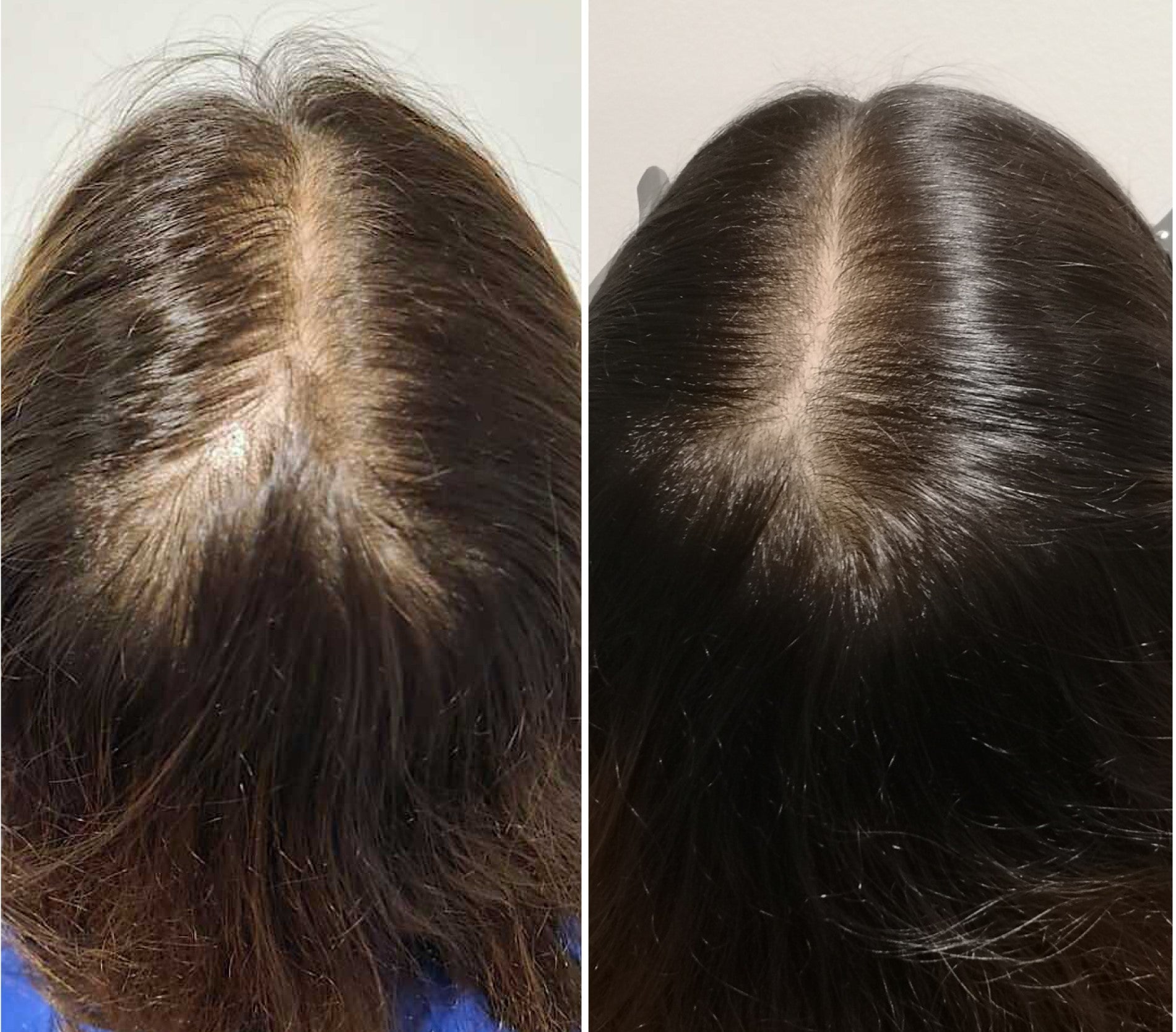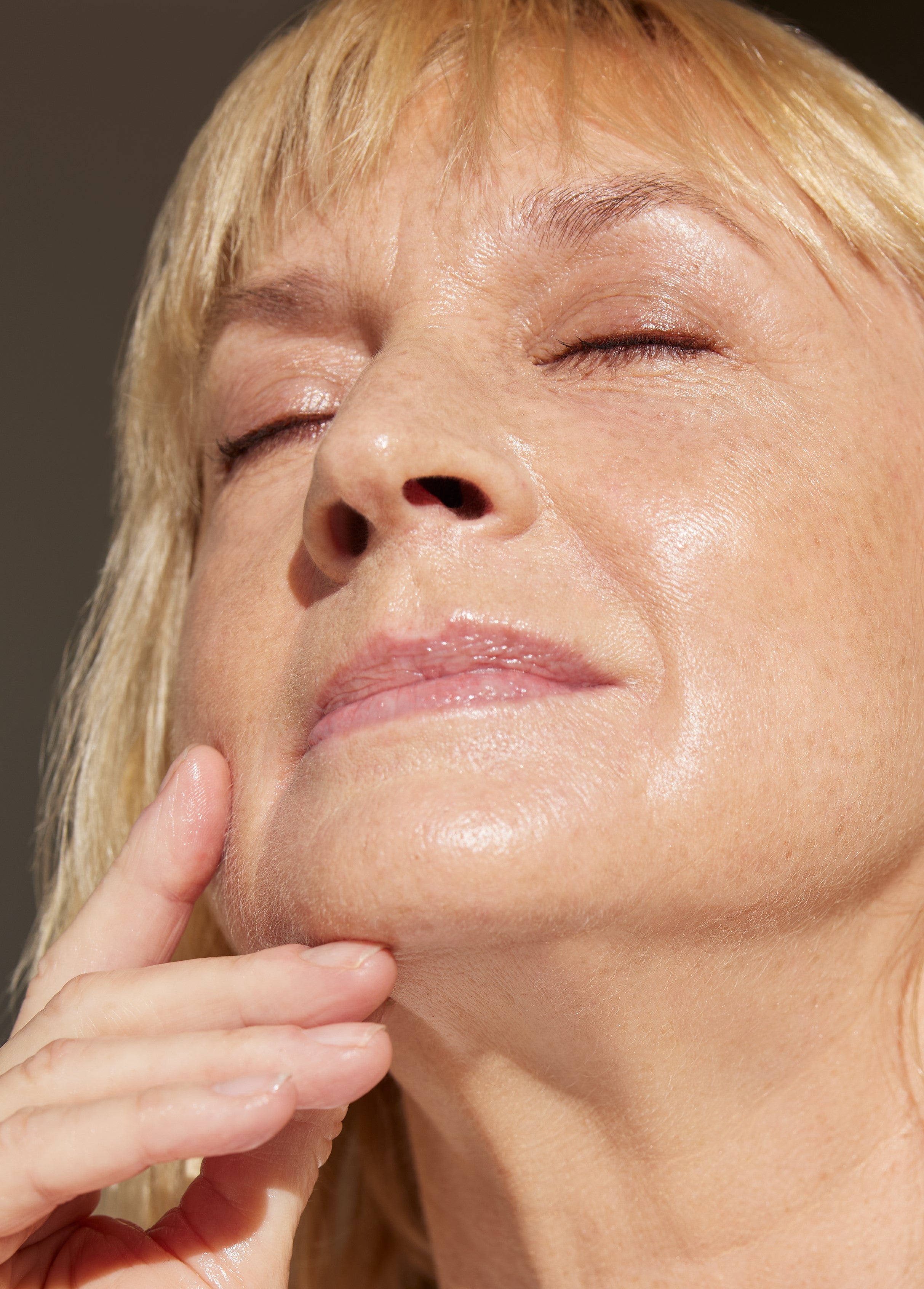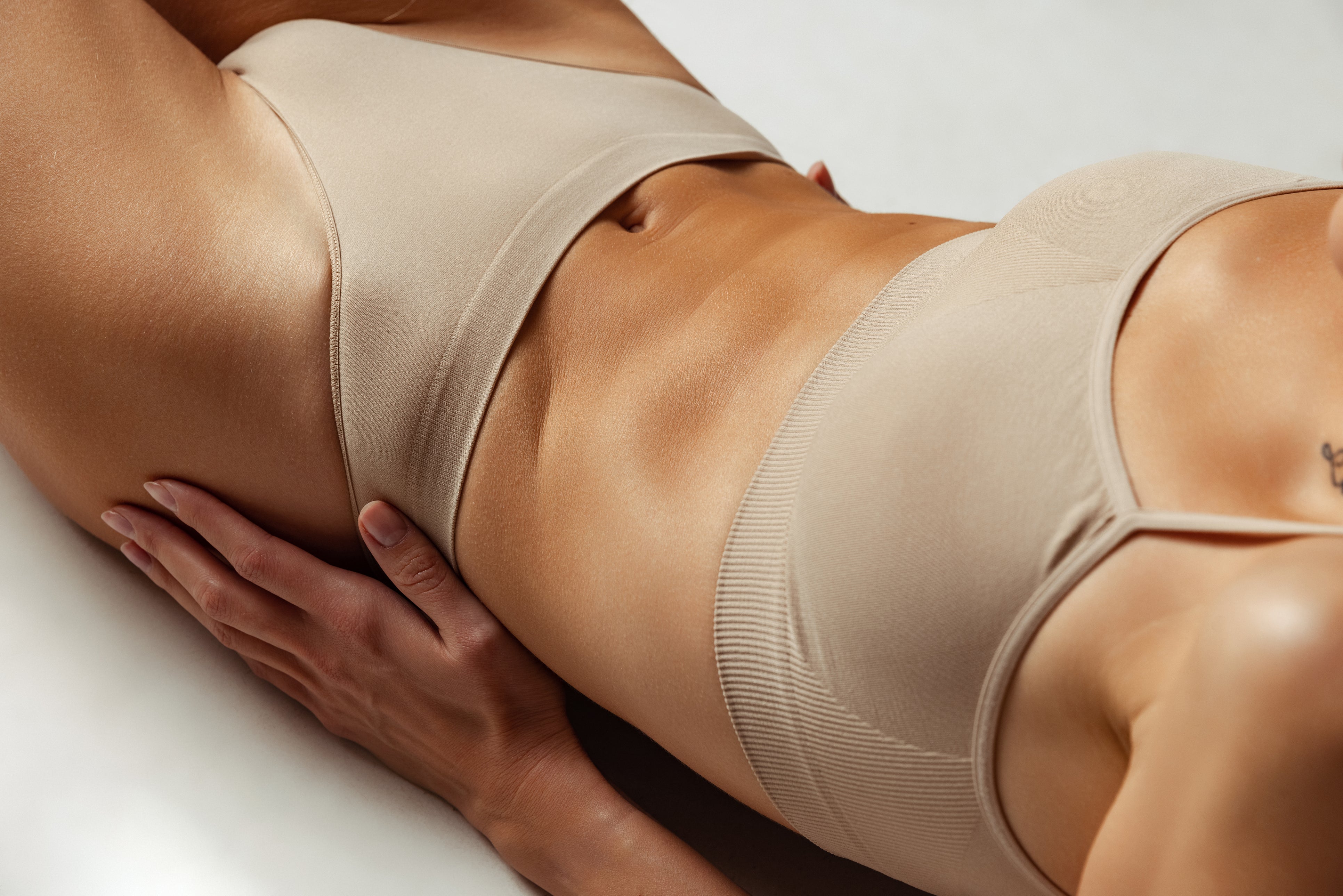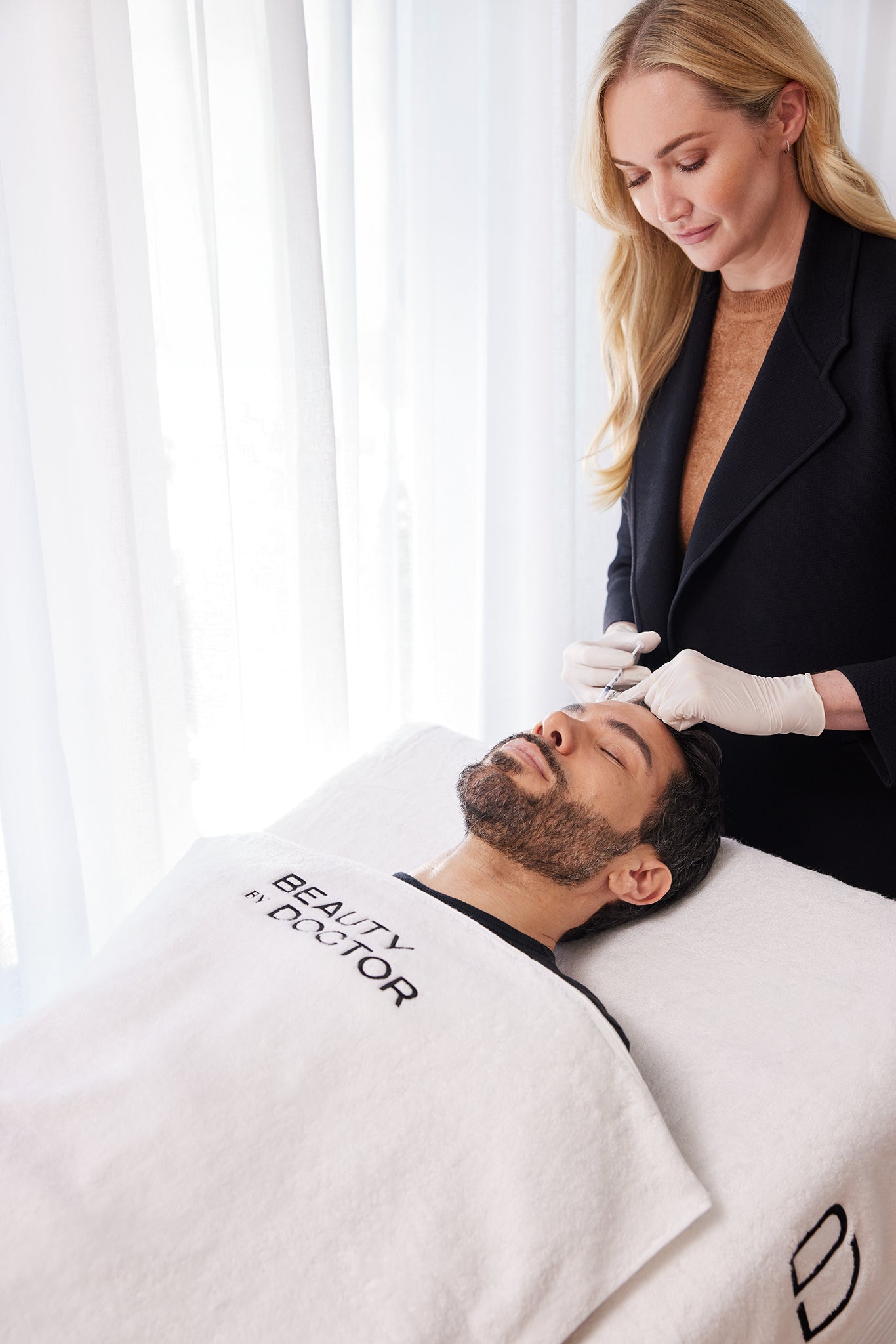Lenisna vs Rejuran: An Evidence-Based Guide to Under-Eye Rejuvenation Introduction
9 minute read.
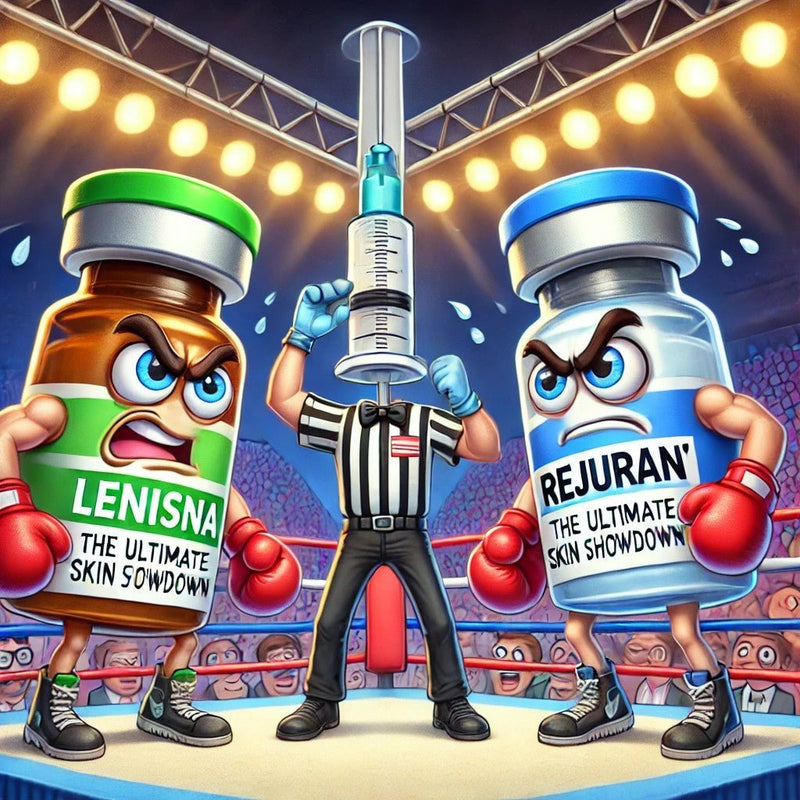
Struggling with tired eyes, dark circles, or under-eye hollows? Explore two leading non-surgical treatments: Lenisna (Juvelook) and Rejuran. Our comprehensive guide dives deep into how each works – Lenisna's collagen stimulation for structure and volume vs Rejuran's skin regeneration for texture and fine lines. Compare their longevity, treatment protocols, costs, and recovery to understand which advanced solution is best suited for your specific under-eye concerns. Discover expert insights to help you make an informed choice for brighter, rejuvenated eyes. Read the full comparison.
The under-eye area often presents some of the earliest and most noticeable signs of ageing and fatigue. Concerns such as dark circles, persistent puffiness, fine lines, and hollowness can significantly impact one's appearance, often making individuals look older or more tired than they feel. These changes arise from a combination of factors, including genetics, the natural ageing process involving collagen loss and fat pad descent, lifestyle influences like sun exposure and sleep patterns, and the unique anatomical characteristics of the periorbital region—specifically, its very thin skin and complex vascular network.
The aesthetic medicine field offers advanced injectable treatments for those seeking effective, non-surgical solutions to refresh and restore this delicate area. Among the most innovative and discussed are Lenisna (also known internationally as Juvelook) and Rejuran. Both have gained considerable attention for their regenerative and rejuvenating properties, yet they operate via distinct mechanisms and target slightly different concerns.
This comprehensive guide provides an in-depth comparison of Lenisna and Rejuran, moving beyond surface-level descriptions. We will explore their scientific basis, mechanisms of action, clinical applications, comparative effectiveness, treatment protocols, and safety profiles, incorporating available evidence and expert insights. The aim is to equip you with the necessary information to understand which treatment might be most appropriate for your under-eye concerns, facilitating an informed discussion with your practitioner at Beauty by Doctor.

Lenisa Before and After: for under eye circles and puffyness
Understanding the Challenge: The Under-Eye Anatomy
Before delving into the treatments, it is pertinent to know why the under-eye area is particularly susceptible to visible changes:
Thin Skin: The skin beneath the eyes is among the thinnest on the entire body, possessing fewer oil glands and less subcutaneous fat. This makes underlying blood vessels (contributing to dark circles) and muscle movements more visible and the skin more prone to fine lines and crepiness.
Collagen and Elastin Loss: Ageing naturally depletes collagen and elastin, the proteins responsible for skin structure and elasticity. This loss contributes to skin laxity, wrinkles, and thinning.
Volume Changes: The fat pads located beneath the eyes can diminish or shift downwards with age, creating hollows known as tear troughs. Conversely, fluid retention or fat herniation can lead to puffiness or 'bags'.
Vascularity and Pigmentation: A dense network of capillaries lies just beneath the thin skin. Slowed microcirculation or vessel leakage can contribute to a bluish or purplish appearance (vascular dark circles). Hyperpigmentation (brownish circles) can also occur due to genetics or sun exposure.
Addressing these multifaceted issues requires treatments that can improve skin quality, restore volume, and stimulate the skin's own regenerative processes.
Lenisna (Juvelook): The Hybrid Collagen Biostimulator
Background and Composition: Lenisna (Juvelook) represents a significant advancement in biostimulatory injectables from South Korea's highly innovative aesthetic market. It is classified as a hybrid filler, uniquely combining two well-established components:
Poly D,L-Lactic Acid (PDLLA): A biocompatible and biodegradable polymer that acts as a potent collagen stimulator. PDLLA microparticles work by inducing a controlled, subclinical inflammatory response that signals fibroblasts (the skin's collagen-producing cells) to synthesise new Type I collagen over several months. Notably, the PDLLA used in Lenisna/Juvelook features uniformly sized, spherical microparticles, which is suggested to potentially minimise adverse inflammatory reactions compared to earlier generations of PLLA stimulators.
Non-Crosslinked Hyaluronic Acid (HA): A naturally occurring substance renowned for its hydrating properties. In Lenisna, the HA provides immediate, subtle volumisation and hydration upon injection. It also acts as a carrier for the PDLLA particles, ensuring their even distribution within the tissue.
Mechanism of Action: Lenisna employs a dual-action approach. The HA delivers an initial improvement in hydration and slight plumping. Concurrently, the PDLLA microparticles stimulate the body's natural collagen production pathways. This process is gradual, with collagen regeneration occurring over weeks to months, leading to progressive thickening of the dermis, improved skin structure, and restoration of lost volume. The stimulation primarily forms durable Type I collagen, providing long-term structural support.
Primary Indications: Lenisna is particularly effective for addressing:
Tear trough hollowness and volume loss.
Under-eye fine lines and wrinkles related to volume depletion and structural changes.
Skin laxity in the periorbital area.
Overall structural rejuvenation for a 'scaffolding' effect.
Clinical Evidence and Longevity: Clinical experience and studies investigating PDLLA-based treatments support their ability to increase dermal thickness and stimulate robust collagen synthesis significantly. The results from Lenisna are known for their longevity, with aesthetic improvements typically lasting up to 18–24 months after completing the initial treatment course (usually 2-3 sessions).
Rejuran: The Polynucleotide Skin Regenerator
Background and Composition: Rejuran, also developed in South Korea, is a unique injectable often referred to as a 'skin healer' or 'skin booster'. Its active ingredient is highly purified polynucleotides (PN) derived from salmon DNA. Salmon DNA is utilised due to its high biocompatibility with human skin and established safety profile. Polynucleotides are fragments of DNA that possess remarkable biological activity. Initially explored for medical applications like wound healing and tissue repair, PN technology was adapted for aesthetic medicine to harness its skin-regenerative capabilities.
Mechanism of Action: Rejuran works fundamentally differently from fillers or traditional biostimulators. Polynucleotides act at a cellular level to repair damage and optimise skin function:
Tissue Repair and Regeneration: PN provides building blocks for DNA synthesis, supporting the repairing of damaged skin cells.
Anti-Inflammatory Effects: PN interacts with cellular pathways (like activating the A2A adenosine receptor) to reduce inflammation, which is beneficial for sensitive or compromised skin.
Fibroblast Stimulation: PN encourages fibroblasts to produce collagen and other essential extracellular matrix components, improving skin density and elasticity.
Angiogenesis: It promotes the formation of new blood vessels, improving microcirculation and nutrient supply to the skin.
Hydration: PN enhances the skin's ability to retain moisture.
Primary Indications: Rejuran is best suited for improving overall skin quality and addressing concerns such as:
Fine superficial lines and crepiness (especially dynamic lines).
Thin, translucent skin under the eyes.
Poor skin texture and enlarged pores in the area.
Mild dehydration.
Dark circles are caused by thin skin revealing underlying vasculature (thickening the dermis).
General skin health maintenance and 'prejuvenation'.
Clinical Evidence and Longevity: Clinical studies evaluating polynucleotides have demonstrated improvements in skin hydration, elasticity, texture and reductions in fine wrinkles and pore size. Its regenerative effects contribute to healthier, more resilient skin. Results typically last around 6–12 months, requiring maintenance treatments more frequently than Lenisna.
Key Differentiating Factors Often Overlooked
Type of Improvement: Lenisna fundamentally rebuilds structure and volume through new collagen. Rejuran fundamentally improves the health and quality of the existing skin tissue.
Inflammatory Pathway: Lenisna relies on a controlled inflammatory process to trigger collagenesis. Rejuran has inherent anti-inflammatory properties, making it suitable for more sensitive skin types or those prone to inflammation, though individual suitability requires assessment.
Immediate vs Gradual Effects: Lenisna offers a degree of immediate improvement due to its HA component, which can be psychologically satisfying for patients, followed by long-term gains. Rejuran's effects are solely gradual as the skin undergoes regeneration.
Treatment Experience: What to Expect
Procedure: Both treatments involve a series of small injections into the under-eye area. Topical anaesthetic cream is applied beforehand to minimise discomfort. The injection technique may differ slightly based on the product and targeted depth.
Pain Levels: Most patients tolerate both procedures well, describing the sensation as mild and brief discomfort rather than significant pain. Numbing cream is highly effective.
Recovery and Downtime:
Lenisna: Expect mild swelling, redness, and potentially some bruising around the injection sites. These effects typically resolve within a few days. Most daily activities can be resumed quickly, often the next day. Makeup can usually be applied 24 hours post-treatment. Gentle massage may be recommended on the days following treatment to ensure product distribution is even.
Rejuran: Small, visible bumps (papules) at the injection sites are common immediately after treatment, along with some redness or swelling. These papules typically subside within 24-48 hours as the product integrates into the skin. Bruising is also possible. Downtime is generally minimal.
Safety and Potential Risks: Both treatments are considered safe when administered by qualified and experienced medical professionals. Common side effects are temporary and injection-related (bruising, swelling, redness, tenderness). A specific, though rare, risk associated with PDLLA (Lenisna) is the formation of nodules or granulomas, particularly if injected too superficially or improperly prepared/distributed. Modern formulations like Lenisna/Juvelook, with their particle characteristics and the inclusion of HA, along with proper injection technique, aim to minimise this risk. Rejuran is generally associated with a very low risk of adverse reactions beyond temporary injection site effects due to its high biocompatibility.
Cost Considerations
The cost of treatment varies depending on the clinic, location, practitioner expertise, and the amount of product required for individual needs. As a general guide in Australia:
Lenisna (Juvelook): From $660 per session. Given the fewer sessions typically required and longer-lasting results, the overall investment may be comparable or favourable over time for structural concerns.
Rejuran: Approximately $660 per session. Requires more initial sessions and more frequent maintenance.
(Note: These are estimates and subject to change. A precise quote requires a personalised consultation.)
Can Lenisna and Rejuran Be Combined?
Combining both treatments in the same session is generally not recommended due to their differing mechanisms, injection depths, and potential to increase inflammation or side effects. However, they can be used sequentially in a comprehensive treatment plan. For instance, Rejuran might be used first to improve the overall health, thickness, and resilience of the under-eye skin. Once the skin quality is enhanced, Lenisna could then be administered in a later session to address underlying volume loss and provide structural support. This layered approach requires careful planning by your practitioner.
Which Treatment Is Right for You? Making the Decision
The optimal choice between Lenisna and Rejuran depends heavily on your primary under-eye concerns, skin quality, age, aesthetic goals, and budget:
Choose Lenisna (Juvelook) if: Your main concerns are significant hollowness (tear troughs), volume loss, deeper lines requiring structural support, and you desire longer-lasting results (up to 2 years).
Choose Rejuran if: Your primary issues are fine lines, crepiness, thin skin texture, mild dehydration, superficial dark circles related to skin thinness, and you are seeking overall skin health improvement and regeneration with results lasting 6-12 months.
The Importance of Professional Consultation
Self-assessment is helpful, but a definitive recommendation requires a thorough evaluation by a qualified medical practitioner experienced in aesthetic injectables. During a consultation at Beauty by Doctor, a detailed assessment of your under-eye anatomy, skin quality, a discussion of your concerns and medical history will take place. This allows for the development of a personalised treatment plan tailored precisely to your needs, ensuring both safety and optimal outcomes.
Dr Phoebe's Expert Opinion: Lenisna vs. Rejuran
Dr Phoebe Jones, Medical Director at Beauty by Doctor, offers her perspective:
"Both Lenisna and Rejuran are valuable additions to our non-surgical toolkit for under-eye rejuvenation. Rejuran excels in regenerating and improving the intrinsic quality of the skin itself – it's excellent for patients troubled by fine crepiness and thin, delicate skin. It is also great for brightening under-eye skin. However, for patients presenting with more significant structural ageing, such as volume loss and distinct tear troughs, Lenisna's dual-action formula provides more substantial and longer-lasting correction. Its ability to stimulate significant Type I collagen production addresses the foundational support needed in these cases, as well as addressing skin laxity issues. At Beauty by Doctor, we've observed consistently impressive and enduring results with Lenisna for structural rejuvenation, making it a frequently preferred option for those specific indications."
Conclusion: Trust Your Under-Eye Rejuvenation to Expert Care
Choosing the right under-eye treatment is crucial for achieving natural-looking, effective results. Both Lenisna (Juvelook) and Rejuran offer distinct advantages based on their unique scientific principles. Lenisna provides robust, long-lasting structural support and volume correction through collagen biostimulation, while Rejuran focuses on cellular regeneration and improving overall skin health and texture.
At Beauty by Doctor, led by the expertise of Dr Phoebe Jones and the BBD team, who have undertaken specialised training in advanced injectables like Lenisa, we prioritise evidence-based treatments and personalised care. We understand the nuances of facial anatomy and ageing, ensuring that treatment recommendations are tailored to your individual needs and aesthetic goals. Our commitment is to provide safe, effective solutions that deliver refreshed, brighter, and naturally youthful-looking eyes.
Ready to explore the best under-eye solution for you?
Contact Beauty by Doctor today to schedule your comprehensive consultation. Let Dr Phoebe and her dedicated team guide you towards achieving your desired under-eye rejuvenation with professionalism and care.
Introducing our Signature Skin Treatments tailored to your skin and budget.
See all treatments